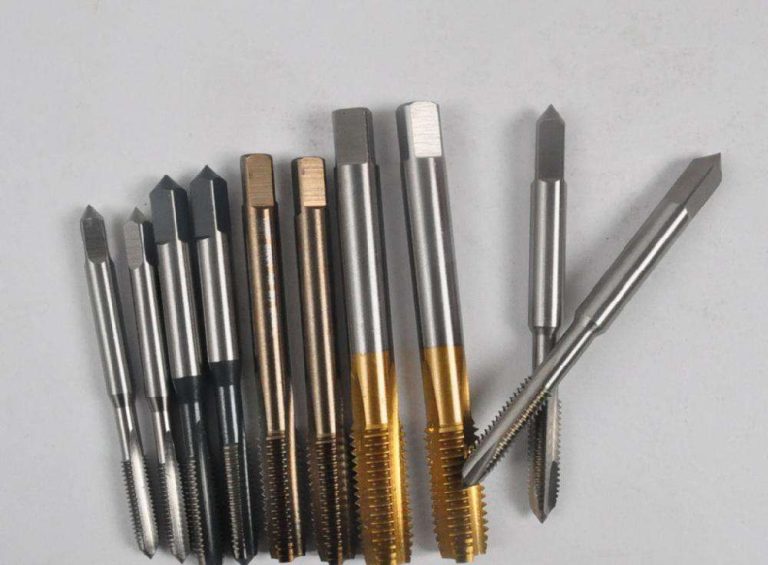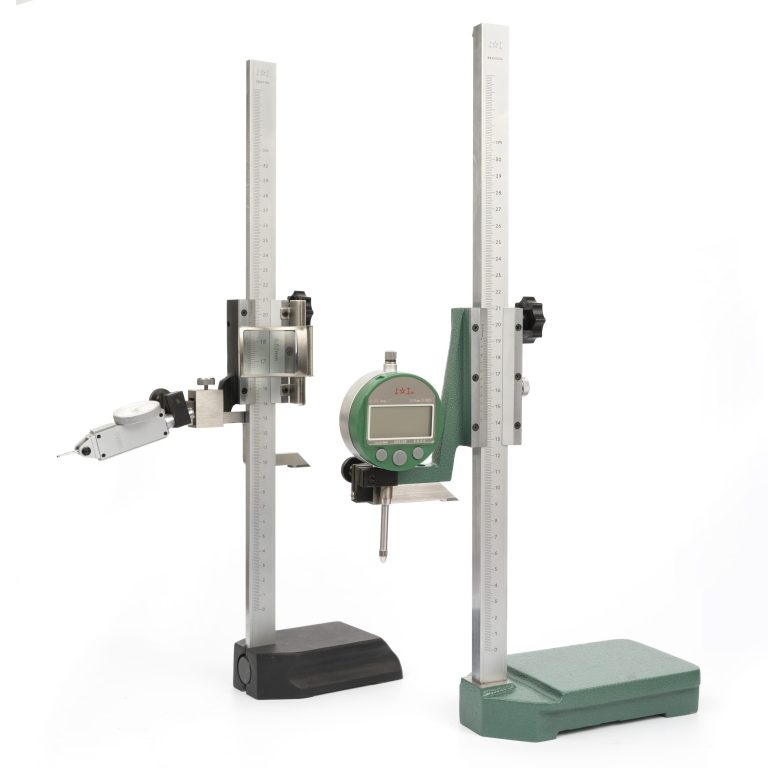Types and applications of woodworking milling cutters
Types and applications of woodworking milling cutters
- Assembled adjustable angle woodworking milling cutter
Assembled adjustable angle woodworking milling cutter features:
The cutter teeth or pieces are clamped on the body by means of couplings (screws, bolts, etc.);
Features: The cutter teeth or pieces are clamped on the body by connecting parts (screws, bolts, etc.), or the blades can be replaced and disassembled for sharpening.

- The blade and body can be made of different materials, which is economical;
- The blade can be disassembled and replaced, and the overall utilization is economical;
- Cutting circle diameter and cutter tooth angle can remain unchanged
- Different angles can be adjusted by a wrench to meet different processing needs, and one knife can be multifunctional.
- Manufacturing requires safe and reliable disassembly, good manufacturing process, and easy tool setting.

- Woodworking Routing and Milling Cutter
- Woodworking router and milling cutter:
Referred to as small gong knife, it is mainly used in furniture production, a kind of handle knife used in the production of patterns that cannot be produced by some large-scale machines and small batches of production. - Composition of router and milling cutter:
Shank diameter * blade diameter, the handle generally has 1/2 and 1/4 handle; there are also metric handles of 6mm and 12mm.
Specifications of woodworking routers: 1 inch = 25.4 millimeters (mm); therefore, 1/4 = 6.35mm, 1/2 = 12.7mm, 1-3/8 = 34.9mm, and so on. Interpretation of the straight knife 1/4×1/2 specification: 1/4 means the shank diameter is 6.35mm, “×” acts as a separator, and 1/2 means the blade diameter is 12.7mm. Therefore, choose “1/4×” for the edge trimmer tool. After understanding the rules of “shank diameter and blade diameter”, you need to check the product specification table for specific specifications such as blade length, cutting depth, and cutting width. Another example: “Fillet knife 1/2×1-1/8”, 1-1/8 converted to metric is 28.575mm, which means the diameter of the circle repaired by the fillet knife is 28.575mm. The marked content of different milling cutters is different, and the specific specifications and sizes should be marked in the data book. - Using the machine:
It is mostly used in ground engraving (knife handle facing down, rotating counterclockwise), hanging router (knife handle facing up, rotating clockwise), portable engraving machine and trimming machine and computer engraving machine CNC machining center, etc. The speed of the machine reaches tens of thousands of revolutions per minute. - Classification of routers and milling cutters:
According to the processing method, it can be divided into two types: with bearing and without bearing. The bearing is equivalent to a rotating pattern that restricts cutting. Due to its restriction, the cutting edges on both sides of the gong knife rely on it for trimming and modeling.

Several commonly used woodworking milling cutters and their uses: straight knife: slotting and clearing the bottom knife: slotting and clearing the bottom Trimming knife: straight edge fillet knife: round edge Minzai knife: round edge and round bottom knife with line: Open round groove 90° V-shaped knife: open V-shaped groove and straight plate folding edge 45° bevel knife: repair 45° beveled horse nose line knife: repair 60° or 30° beveled two arc nail clippers: open drawer handle lock Hole Knife: Open the photo frame hole to hang on the nails T-shaped Knife: Open the side groove to insert a line Knife: Antique furniture chair leg edge grain mouth Xun Knife: Also known as Dovetail Knife, wood joint tenon Square tooth Tenon Knife: Floor splicing fillet mortise and tenon knife: door panel tenon
- Woodworking spiral planer shaft
The development process of the spiral woodworking planer shaft When using a woodworking planer, the sound is very noisy, and people have always had such a concept: that is, the so-called noise is nothing more than sound, and it will not cause people great pain. However, in recent years, the awareness of public nuisance has generally increased, and it has become a big social problem, and the woodworking industry is also discussing the problem of noise.
The four advantages of the woodworking spiral cutter shaft: 1. Energy saving and power saving, reducing the load During the cutting process, the friction force is significantly reduced, and the cutting resistance is very small, which achieves the effect of easy chip removal, energy saving and power saving; load,
Greatly improved the service life of the machine.
- Improve efficacy and reduce costs
Improve the wood surface finish, reduce or eliminate the wood sanding process. Thus, while improving the work efficiency, the processing cost is greatly reduced. 3. Increase the output of wood processing The blades imported from Germany are used, and a single blade can be used for more than 2 months, which greatly increases the monthly output of wood processing. 4. Increased yield The wood will not crack during cutting, reducing waste and improving the yield. - Woodworking vertical shaft forming milling cutter
Woodworking vertical shaft forming milling cutter is mainly a milling tool for trimming and shaping the side of the workpiece. It is mainly used for vertical shaft milling, four-sided planing, double-end milling, and profiling milling equipment. The most typical application of woodworking vertical shaft forming tools is to process solid wood. When designing woodworking tools for processing solid wood, according to the hardness (density) of the solid wood to be processed, the suitable range of rake angle for woodworking tools is between 10° and 25°. In addition to wood hardness, the size of the rake angle is also limited by the machine tool structure, woodworking tool structure, durability, sharpness and other conditions. The rake angle of the vertical axis machine tool and the gong machine tool obviously cannot be designed to be the same.
Attention to the use of woodworking vertical shaft forming milling cutter: - Clean up the tool and machine shaft before installation.
- When installing, pay attention that the cutting direction of the tool is consistent with the rotation direction of the machine tool.
- Add suitable shims to the combination knife according to the processing needs and the condition of the knife.
- The matching tolerance between the hole and the shaft is not more than 0.02mm.
- There is no looseness after the tool is installed and clamped.
- Pay attention to safety protection and cover the safety cover.
- Feed at a constant speed during processing, and choose an appropriate processing speed according to different processing materials and cutting volume.
- Choose professional sharpening after the tool is passivated.








